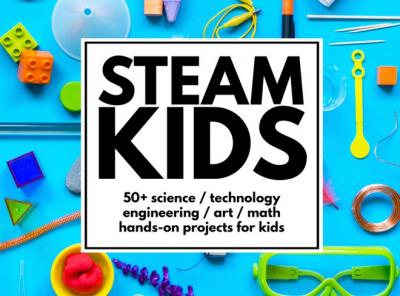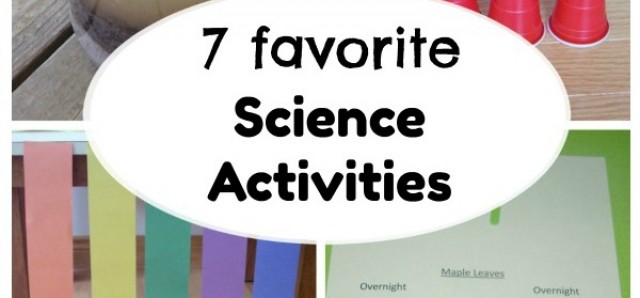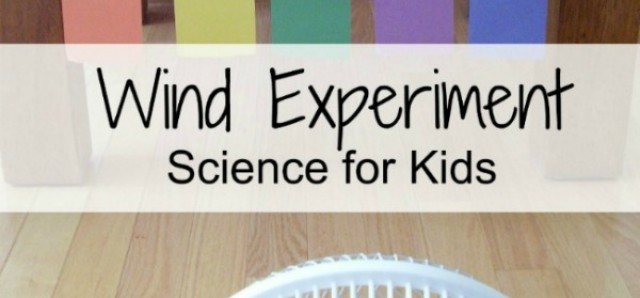Ice and Salt Preschool STEM
It's easy for kids to have fun with winter STEM in this simple ice and salt activity. Kids can compete in ice cube races, and discover how salt affects ice.
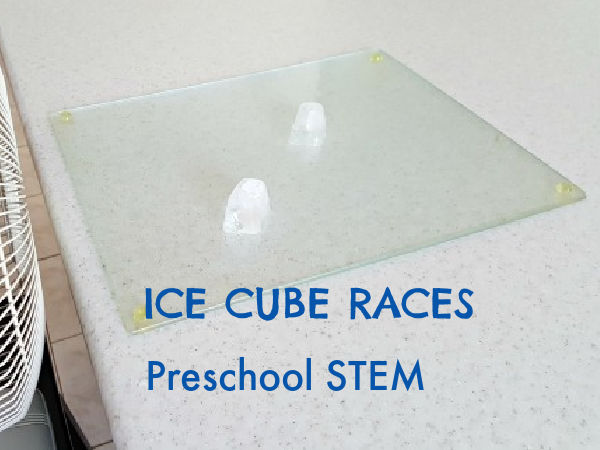
This post contains affiliate links. Privacy and Disclosure
Ice cubes are not just fun to clink in a glass of soda or fruit juice.
Ice cubes are also fun to use in a science activity!
Ice cubes and salt are all that are needed to conduct this hands-on play with STEM.
Here's how kids engage STEM principles in this experiment.
- observe how ice melts (science)
- use a fan to make wind (technology)
- design and set up the experiment (engineering)
- choose ice cubes of the same size (math)
In this activity, kids will naturally want to make changes throughout the experiment, to see how various factors affect the movement of the ice cubes.
This promotes critical thinking and observation as kids play!
Ice and salt experiment
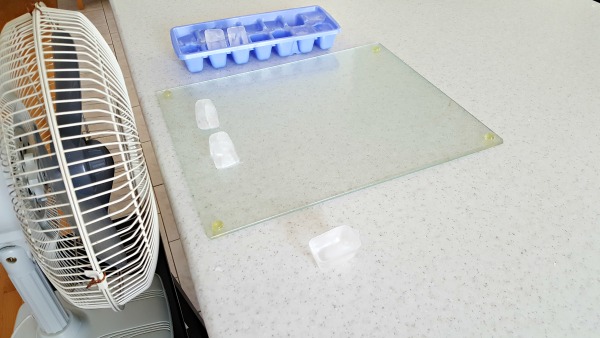
1. Set up the activity
Set up the activity with a fan, a smooth surface, and ice cubes. You might go through some trial and error, as we did, in order to get results kids can easily observe and identify.
Here are some examples of our tests:
- In our first attempt, we placed the ice cubes directly on the counter top.
- For our second attempt, we placed the ice cubes on a glass cutting board (turned upside down as the underside is smooth). This is what we used for the ice cube experiments.
- We also tried various fans - a small table fan, a slightly larger 12 in. (30 cm) table model, and a floor model. The 12 in. (30 cm) sized fan is shown in the picture. It proved the best for moving the ice cubes.
2. Conduct experiments
Ice Races
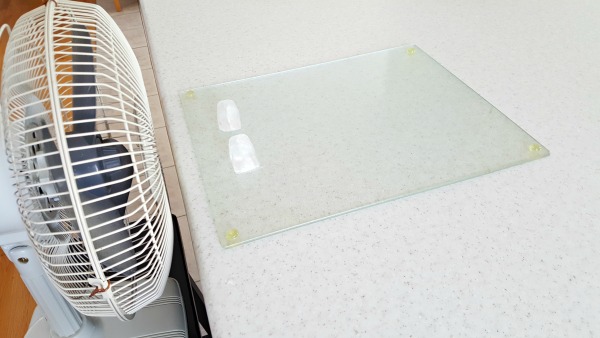
Place two ice cubes in front of the fan. Turn on the fan.
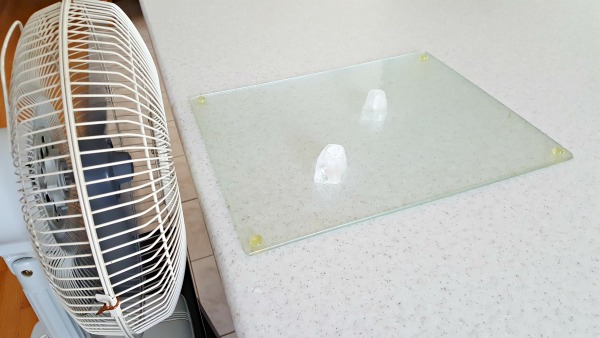
See if one ice cube races ahead of the other!
Ice and Salt Friction
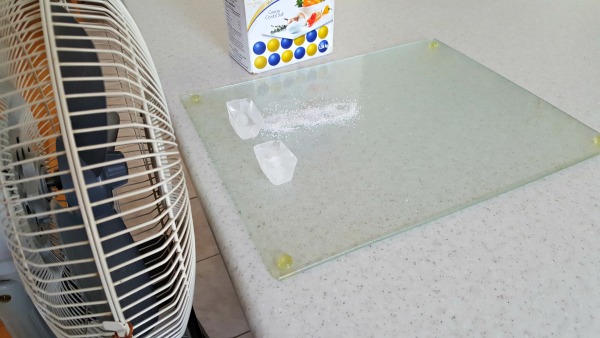
Place a row of salt in the path of one ice cube.
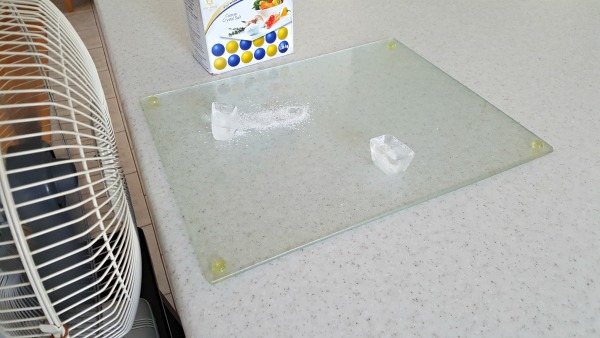
The salt halts the progress of the ice cube!
More science activities on our STEM to STEAM Pinterest board!
3. Observe results
- We noticed that ice cubes melted faster in the path of the fan than ice cubes sitting off to the side.
- Salt inhibited the movement of the ice cube.
- Ice cubes would slow or stop, and then proceed after melting a bit, as if they moved on a cushion of water.
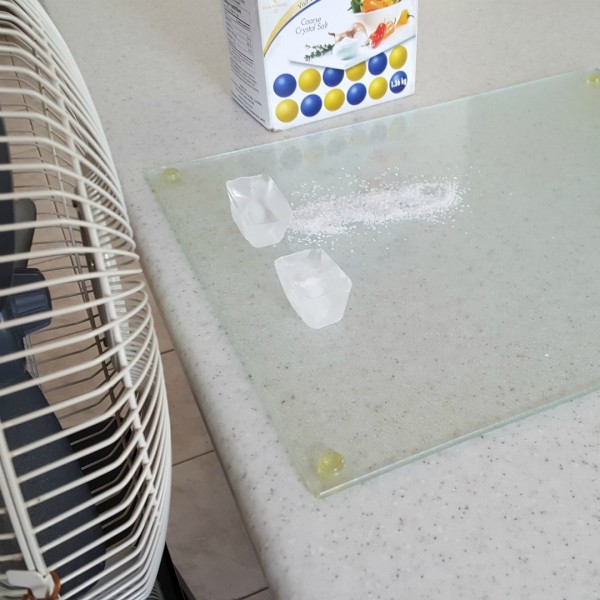
4. Make conclusions
Factors affecting the movement of the ice include:
- type of surface on which experiment is conducted
- size of fan and strength of air flow
- salt sprinkled in the path of the ice cube
- ice melting during the experiment
This is an open-ended activity that encourages input and response from kids.
As they play and learn, kids benefit from exploring the challenges presented in this activity, and from the fine motor and sensory experiences it provides.
Simple STEAM activities are not only fun for kids but promote observation and discovery.
That's worth clinking glasses to celebrate!
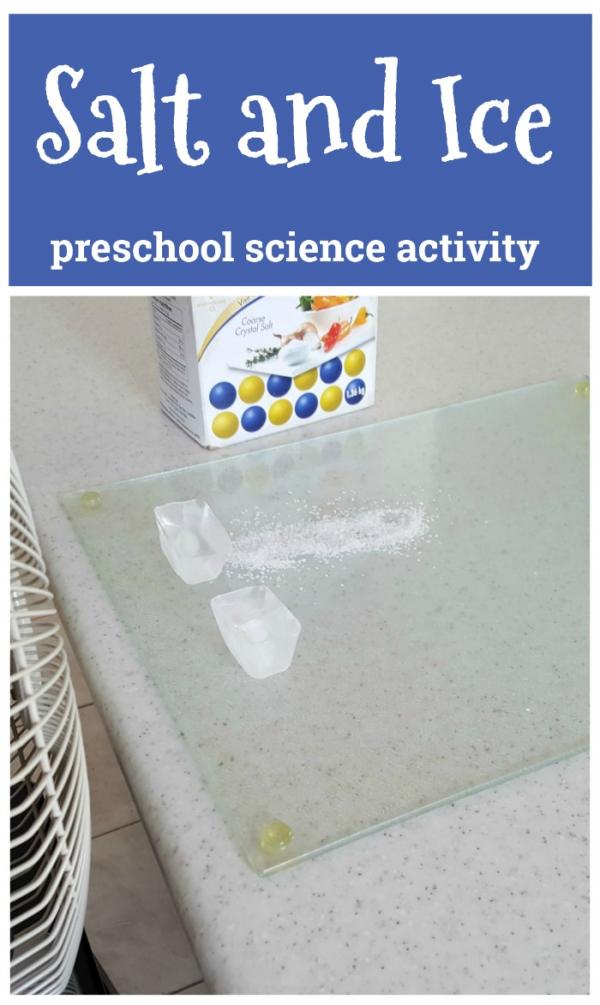
(aff.)